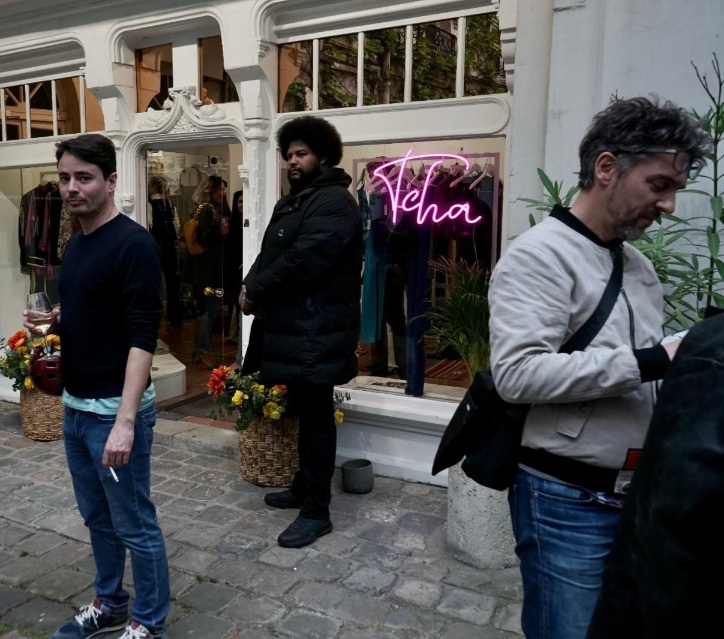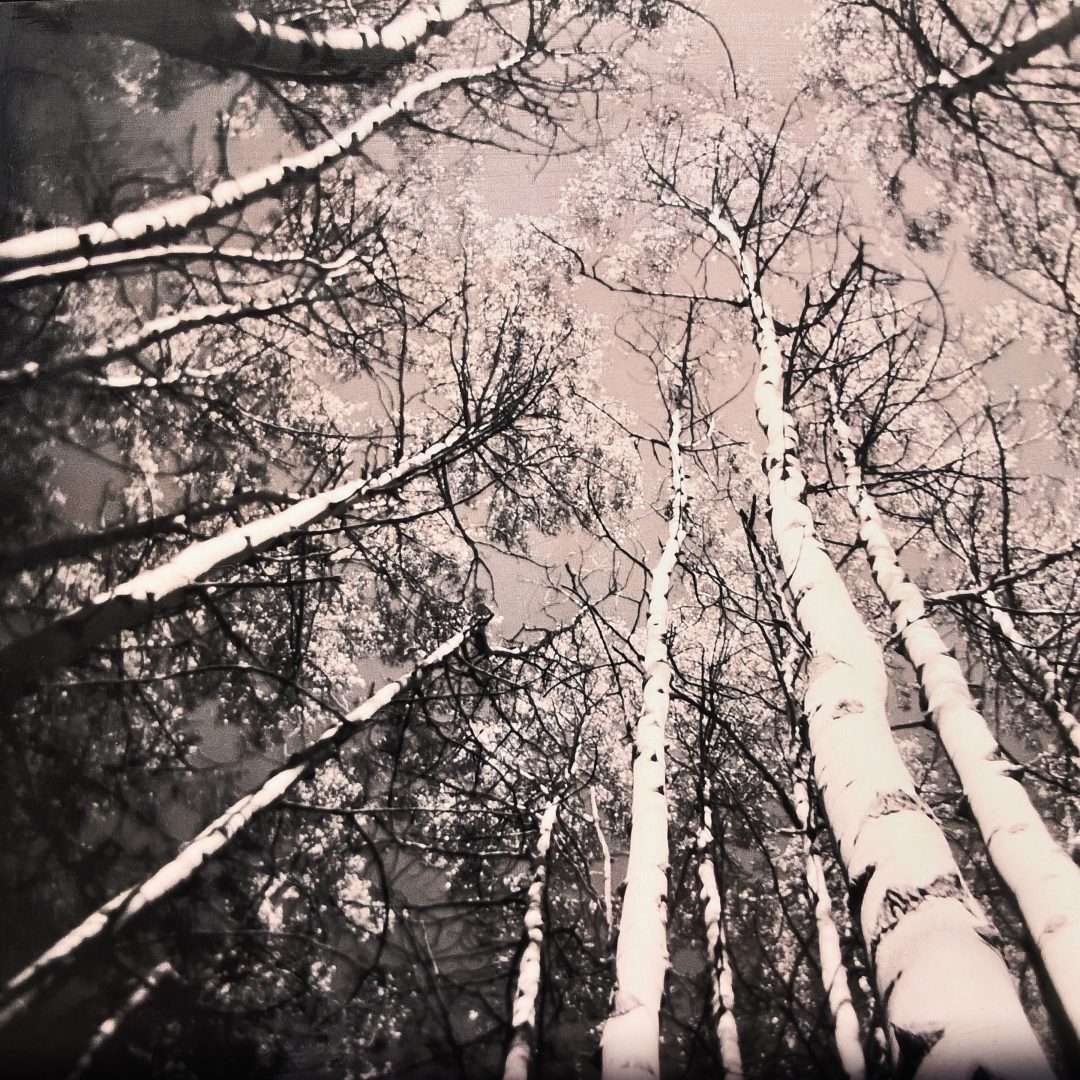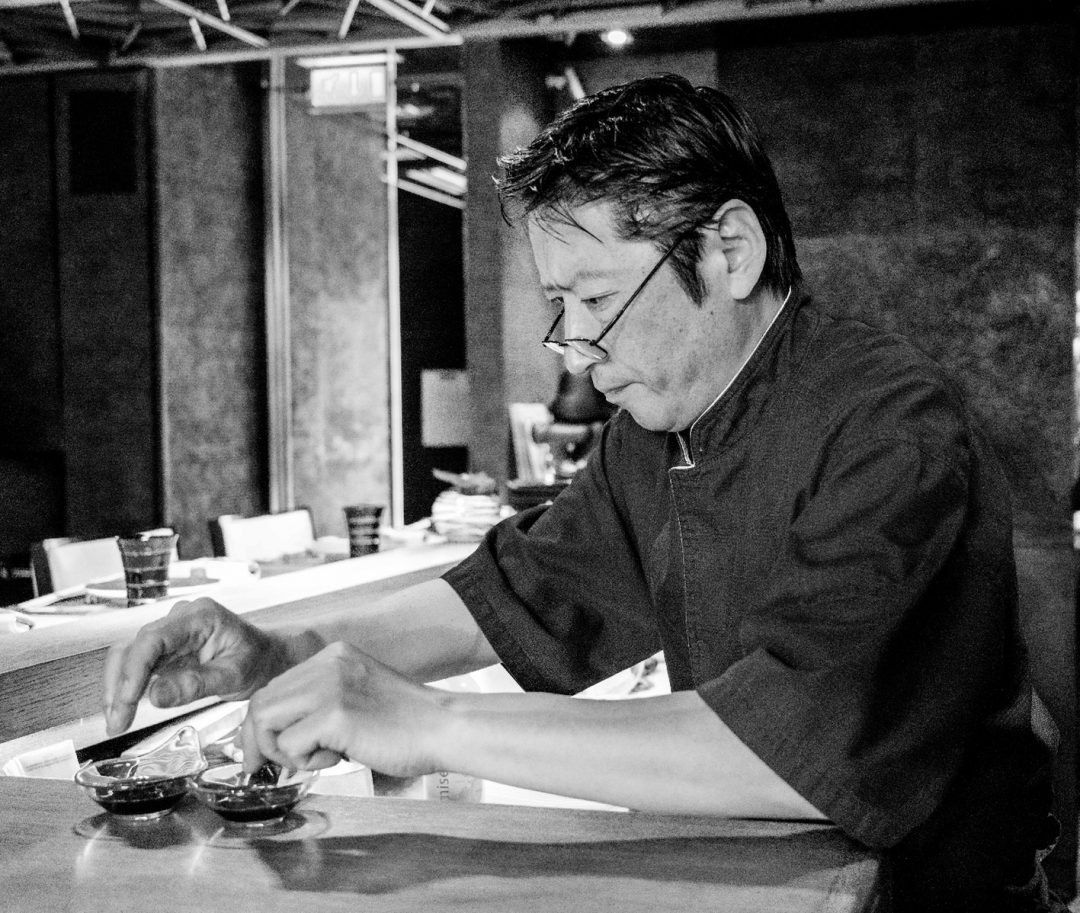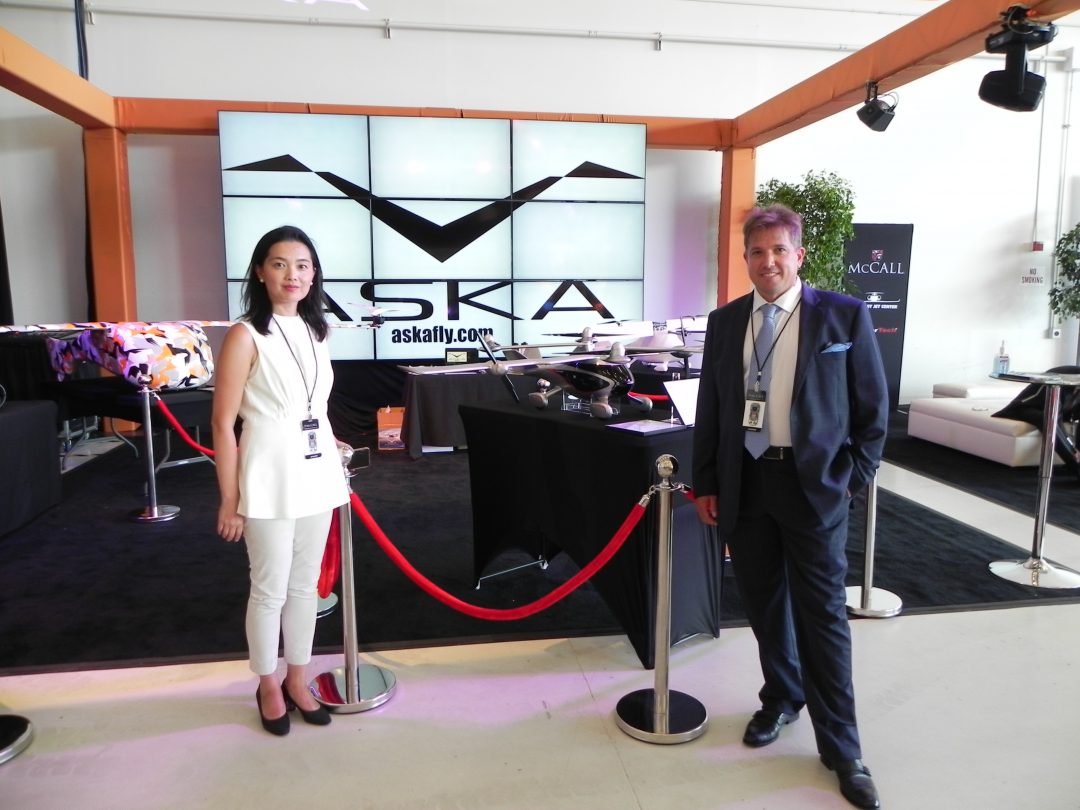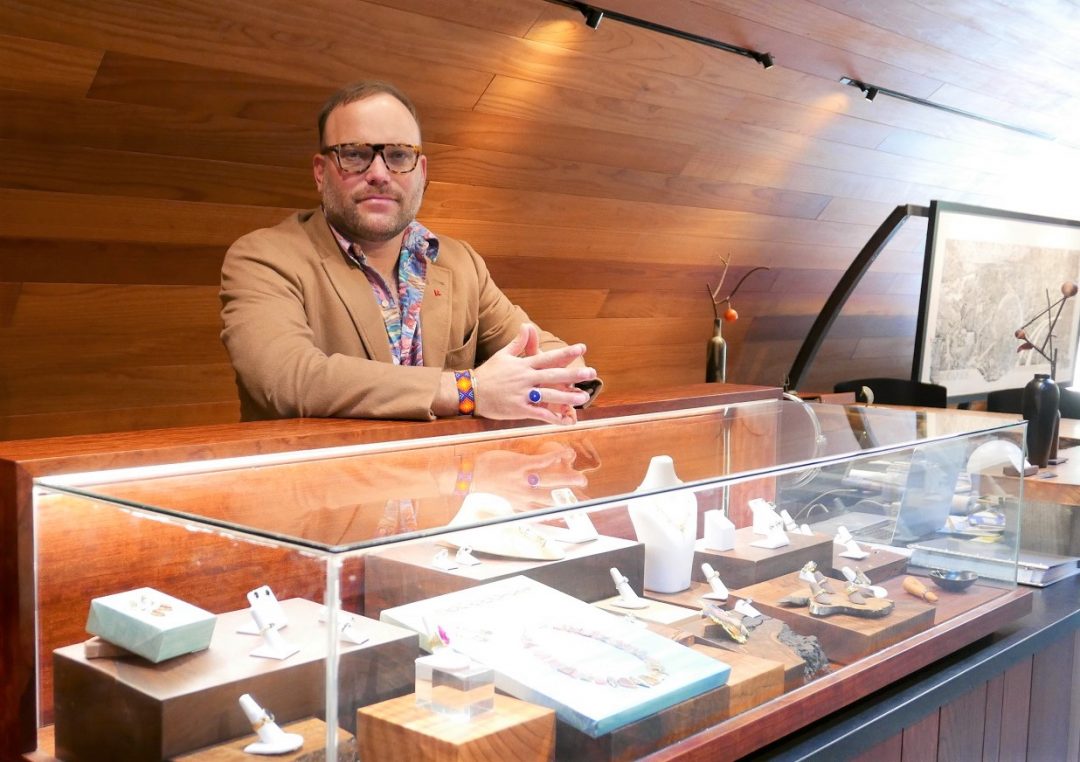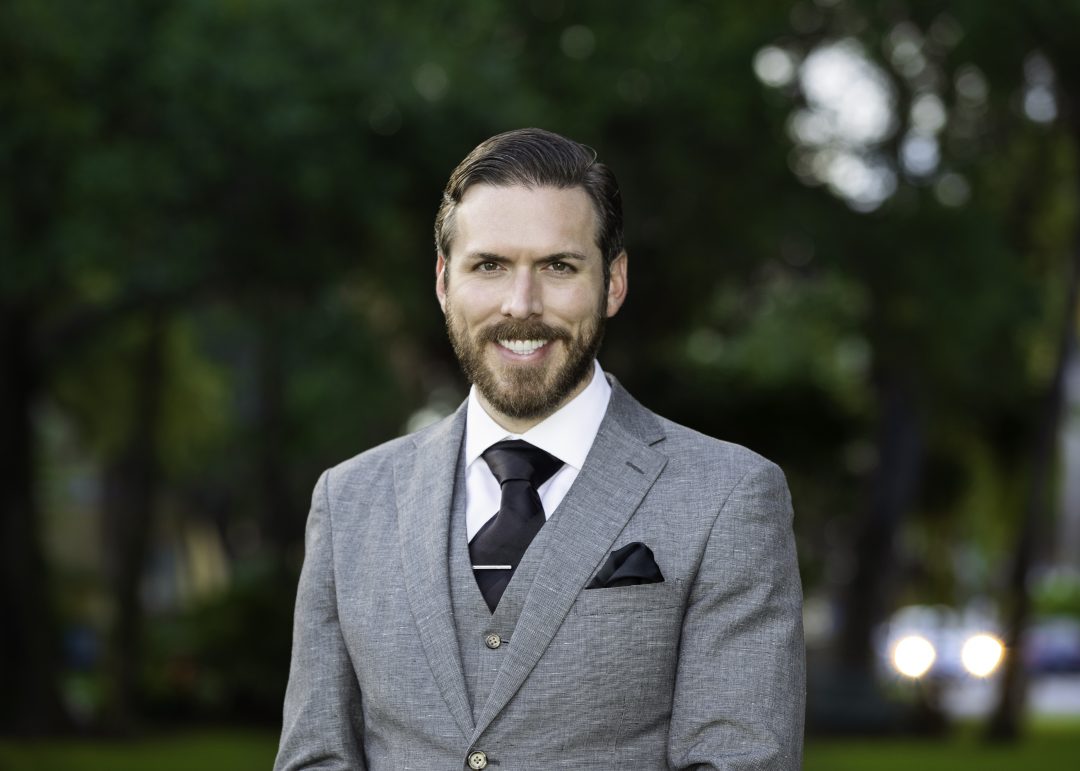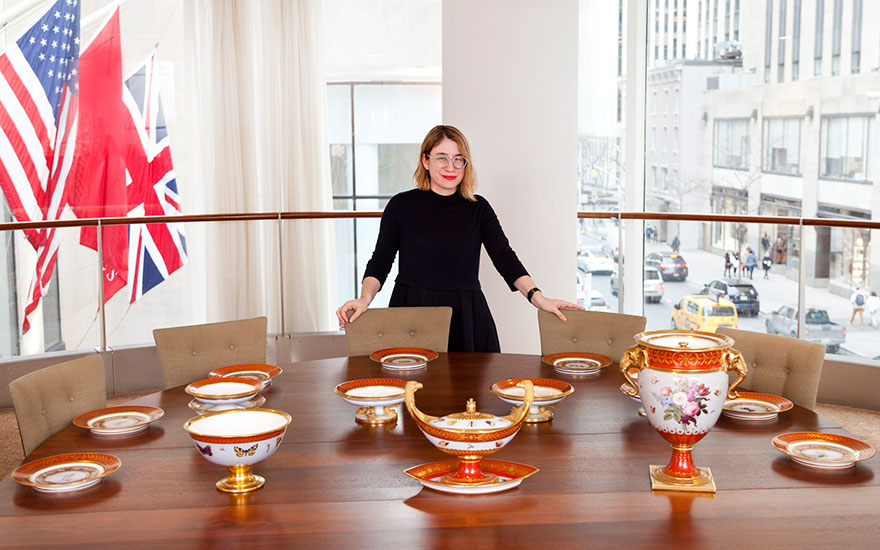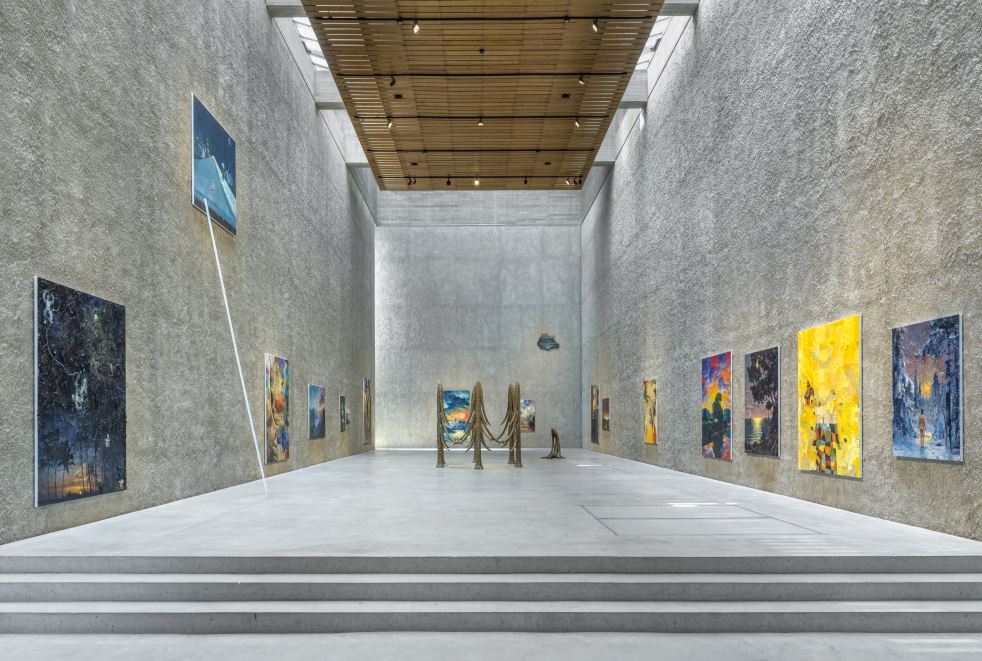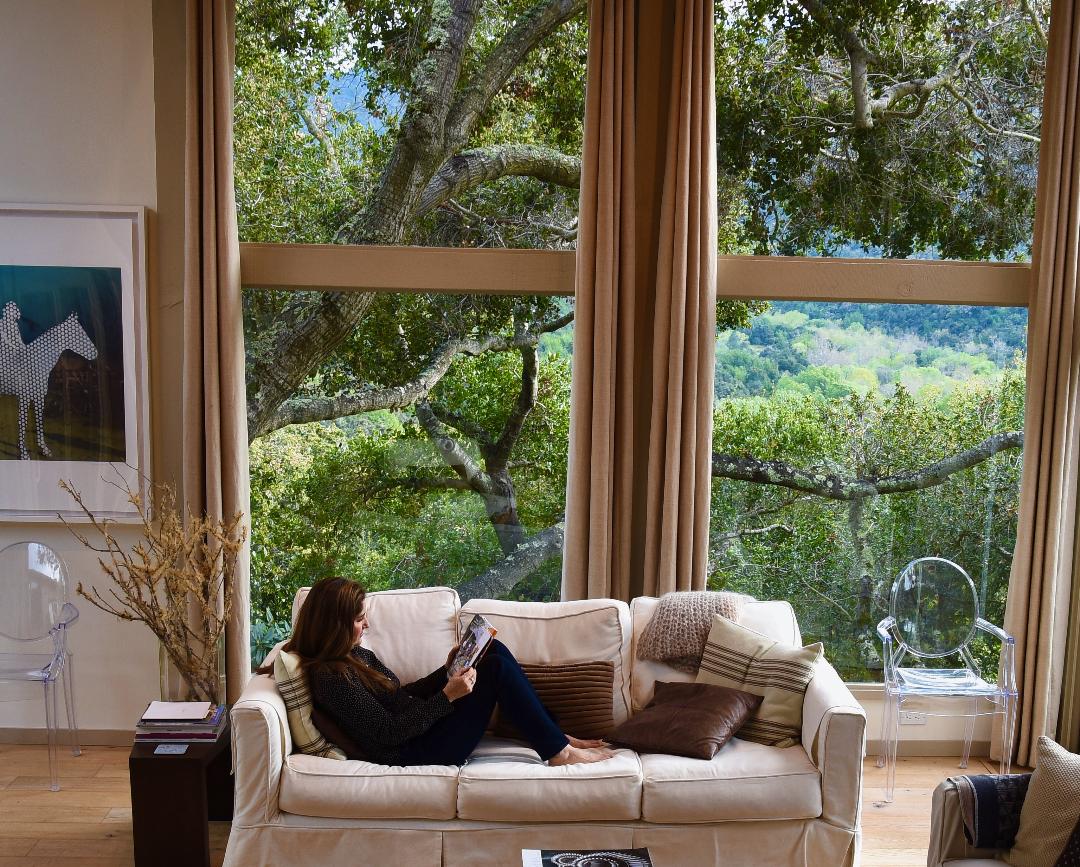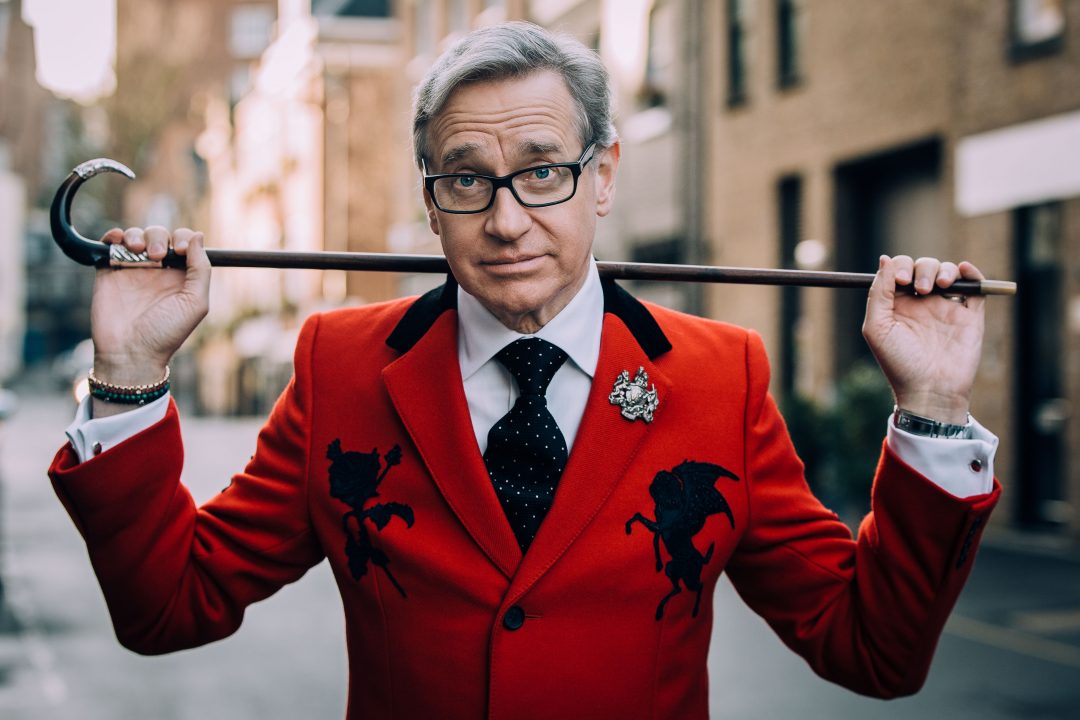Stemming from her passion for matcha bars, Joya Burda came up with an exciting new way to incorporate an interactive environment with culinary creations. Founded in January, she created Tcha, a unique experience in the form of a pop-up that also hosts several engaging activities from a number of luxury brands. The concept takes an even more lively turn as she meticulously goes over themes for her pop-ups that result in one spectacular party. There is always a different theme…
People
. To learn more about the Holga’s unique properties we sat down with McCall for a deep dive Q&A on how she captured the natural beauty of Aspen through her Holga’s lens.…
An Interview with Chef Takeo Yamazaki of YOSHI
Chef Takeo Yamazaki has made YOSHI one of Monaco's premiere dining establishments by pushing aside restaurants like Nobu, with his innovative approach to Japanese Cuisine.…
Discovering ASKA With Guy & Maki Kaplinsky: The Innovators of The Flying Car of The Future
Have you ever dreamed of owning a flying car? Well, Los Altos, California based start up ASKA is working on bringing that dream to life.…
When we imagine a great cultural exhibition, rarely does our mind transport us to a resort art gallery, but Post Gallery is no ordinary gallery, nor is Post Ranch Inn an ordinary resort.…
Talking Luxury Real Estate Auctions with Trayor Lesnock of Platinum Luxury Auctions
This week, The Extravagant connected with Trayor Lesnock of Platinum Luxury Auctions to explore the world of luxury real estate auctions. …
Talking Fine Porcelain With Carleigh Queenth of Christie’s
We hope the Q&A will inspire you to consider exploring, touching, and investing in fine ceramic arts.…
The Evolution of Fine Art Galleries During COVID-19: An Interview with Johann König
Thirty nine year old German Art Dealer Johann König has built a collection of three galleries in Berlin, London and Tokyo, as well as a significant following on a concept that is almost entirely nonexistent in the art world: “transparency”. …
Meet Molly McCall
Talking style with the one and only Paul Feig
Allow us to introduce you to Paul Feig, well known for his box office hits such as A Simple Favor, Ghostbusters: Answer the Call, and Bridesmaids.…

